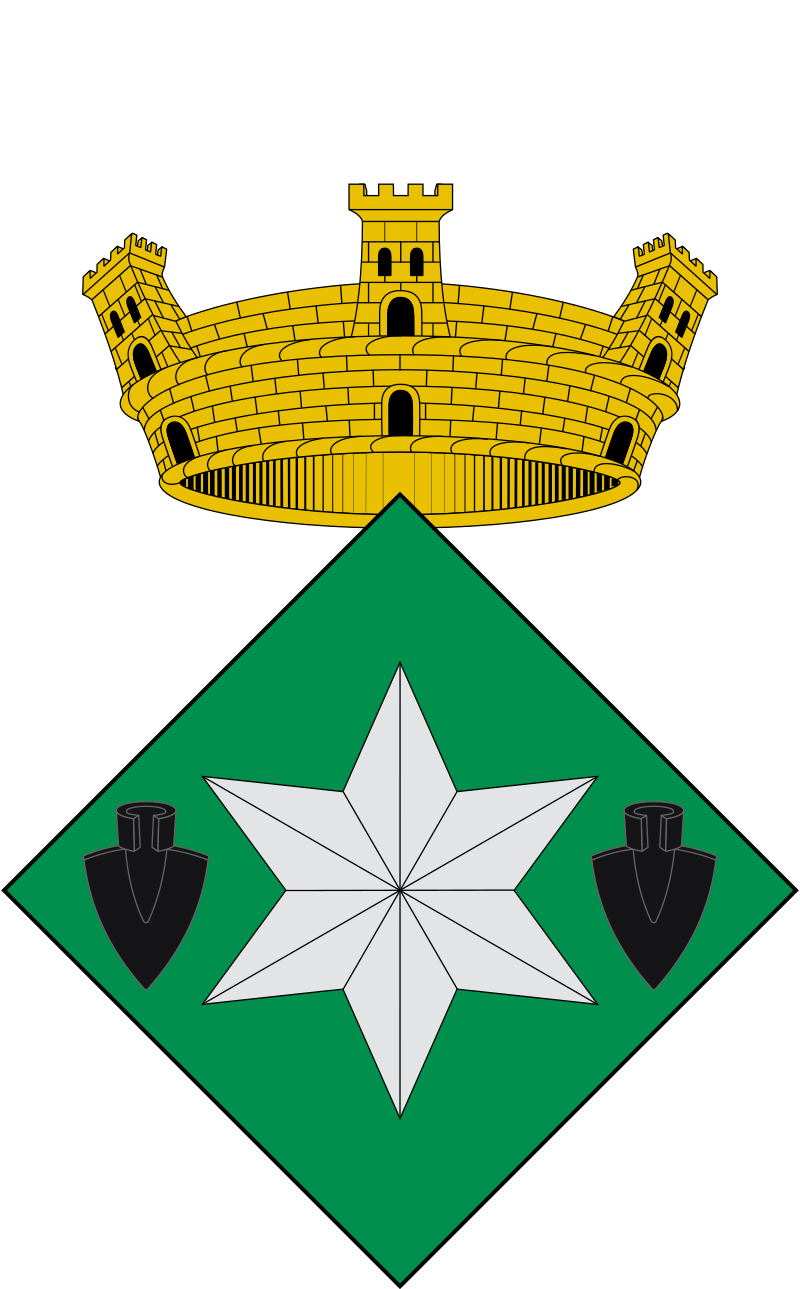Point 17. THE MEDIAEVAL WALLS
The mediaeval settlement at El Castellot was encircled by a wall that defended it and marked the edge of the township. It was between 1.2 and 1.3m thick and built with opus spicatum on both sides, as was typical at this time. While a maximum of 1.5m in height is all that survives, the wall was probably up to 5m high. At the top a walkway would allow rapid movement around it.
The mediaeval walls were laid out from zero, without taking advantage of the ancient constructions except at the front of the settlement, where the foundations of the old Cerretanian wall were re-used in the new one.
This settlement defended by strong walls is probably what was referred to in documentation from the year 1035 that, while taking about the different castles in the Cerdanya region, also mentions that of El Puig de Bolvir (literally, Bolvir Hill).
The settlement was reached from the old road known as the strata ceretana, more or less where the modern N-260 road runs, by stone-paved paths that branched off from the road to climb up the slopes of the hill of La Corona. One of them is still visible on the eastern side, built with blocks of stone forming a small terrace on the side of the hill, with a width of between 1.6 and 1.9m.
Illustration: Axonometric projection of the mediaeval wall.
